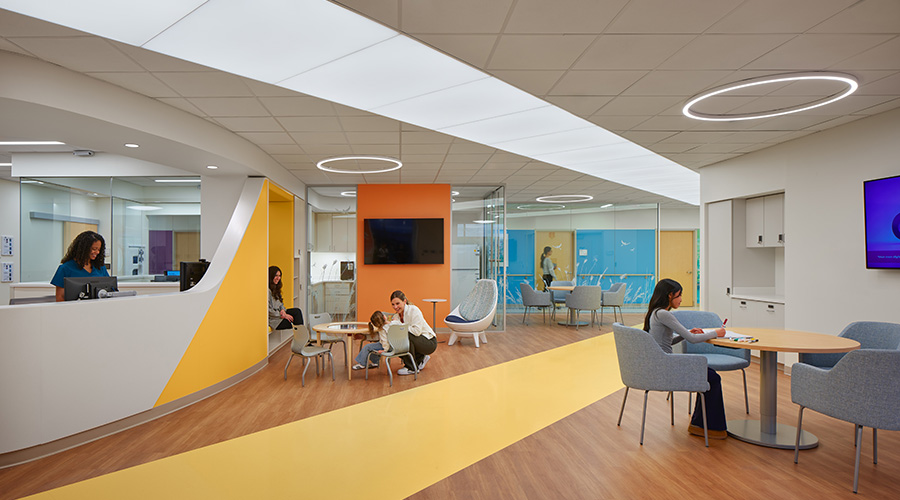Additional Information on UV Technology for Disinfection
The ultraviolet spectrum is a band of electromagnetic radiation at higher energies than visible light, split into four major categories: UV-A (400 – 315 nm), UV-B (315 – 280 nm), UV-C (280 – 200 nm), and vacuum-UV (VUV, 100 – 200 nm). UV-A and UV-B are present in sunlight at the earth’s surface; these parts of the ultraviolet spectrum are common causes of sunburn and, with longer-term exposure, melanoma. The risks of human exposure to UV-A and UV-B are well known. Solar UV may be used for disinfection purposes; exposures in the order of several hours to days might be effective at treating surfaces and water. Artificial sources of UV-A and UV-B are not commonly used for disinfection.
UV-C has been used for disinfection for over a century, with applications in water treatment, air systems, and surfaces. The use of UV-C as a disinfectant is supported by decades of scientific research. UV-C radiation is absorbed by DNA and RNA (the genetic code for all lifeforms), changing its structure. This damage inhibits the ability of the affected cells to reproduce, meaning that they cannot infect and are no longer dangerous. Whereas the UV exposure required to inactivate different microorganisms varies, though there are no known microorganisms that are immune to this treatment and it is regularly used against bacteria, viruses, and protozoa.
In the same way that UV-C can inactivate bacteria and viruses, it can be damaging to human cells too, since our cells also contain DNA. This exposure can cause skin irritation, damage to the cornea, and cell mutations leading to cancer. Exposure to UV-C radiation is regulated globally, with a common agreement on the risk to human health and safe exposure levels. These regulations and standards set limits on allowable exposure, though in all cases it is recommended to avoid UV exposure where possible.
In summary:
- UV-C irradiation of the skin, eyes, or any body part should be avoided wherever possible.
- Always wear appropriate PPE when handling un-shielded UV-C radiation sources (e.g. long-sleeved clothing, gloves, and a UV-opaque face shield).
- Always use UV-C devices in accordance with the manufacturer’s operating instructions to ensure safe operation, and within appropriate enclosures where light leakage has been controlled, and where the risks have been properly managed.
 Contaminants Under Foot: A Closer Look at Patient Room Floors
Contaminants Under Foot: A Closer Look at Patient Room Floors Power Outages Largely Driven by Extreme Weather Events
Power Outages Largely Driven by Extreme Weather Events Nemours Children's Health Opens New Moseley Foundation Institute Hospital
Nemours Children's Health Opens New Moseley Foundation Institute Hospital Code Compliance Isn't Enough for Healthcare Resilience
Code Compliance Isn't Enough for Healthcare Resilience Ribbon Cutting Marks First Phase Completion for New Montefiore Einstein Facility
Ribbon Cutting Marks First Phase Completion for New Montefiore Einstein Facility